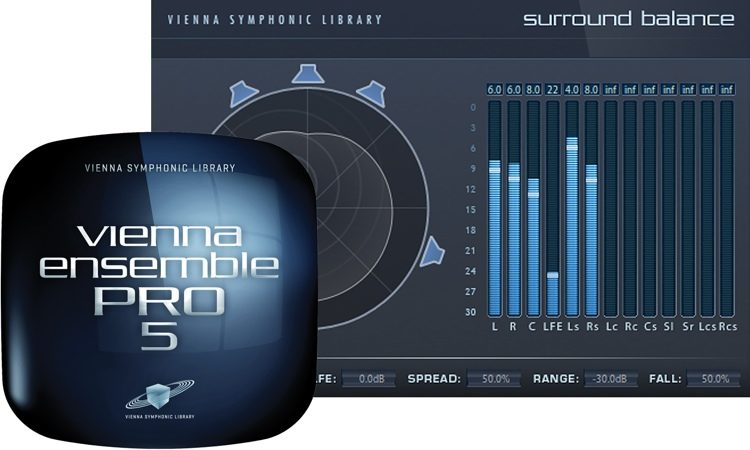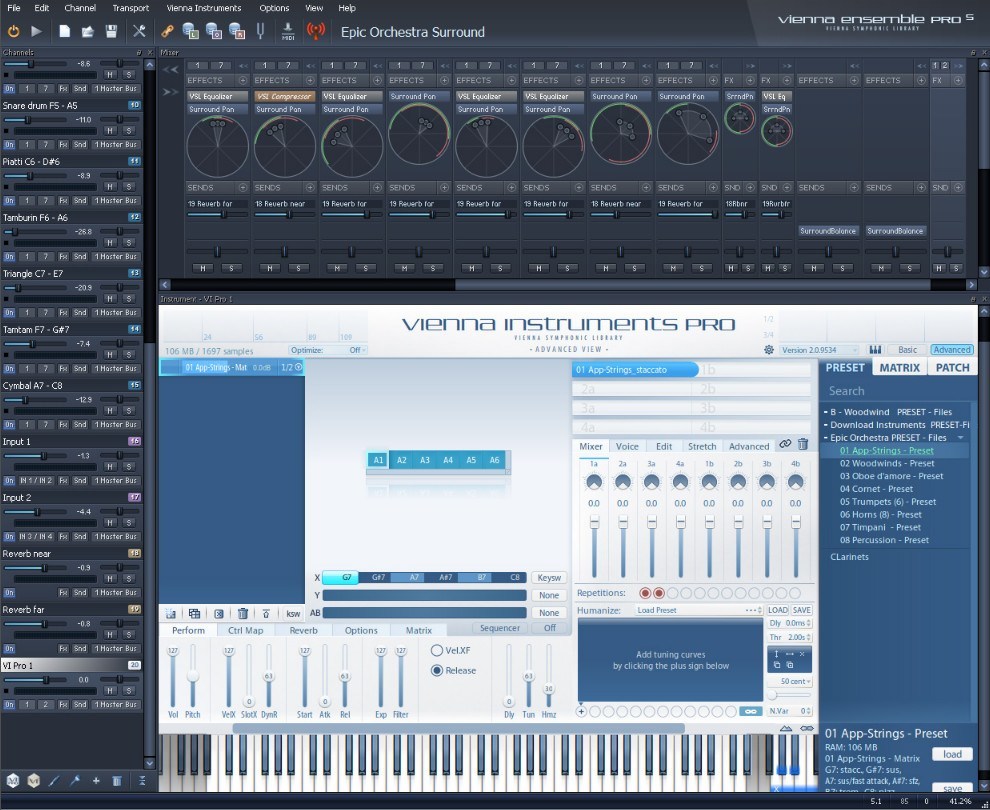

They may make your session sound great, but they may also be the reason your sessions load slowly. Some plug-ins require a lot of processing power-whether CPU-intensive or RAM-heavy. This is particularly true for sampled instruments which can take up a lot of memory and take a significant time to load.

There’s no need to be saving that excess data to your session, let alone having it slow down your session loading times. If you’re not using an instrument, plug-in, or track, remove it. Within your session, you want to strip things down to the bare necessities. Otherwise, you can host your projects on a fast external hard drive connected via Thunderbolt 2/3 or USB 3.0. If you have an SSD, move the project there. Make sure to move your session to a fast hard drive where you won’t be throttled by old data connections. Particularly if it’s an older USB 2.0 drive. But loading it from the little thumb drive will significantly slow down your loading time.

You come to a studio, plug in your USB flash drive, and load a session. Load your sessions from a fast hard drive Since RAM is pretty cheap nowadays, it’s a worthy investment, so you might as well upgrade your RAM to the max that your Mac can handle. MacSales has a cool upgrade wizard that will tell you which memory options are available for your particular computer. I think we can all agree, that’s not something you need, especially when under a tight deadline. But if you’re running low on available RAM, your system will significantly slow down as it’s trying to accommodate all the running processes and can ultimately even freeze up completely. The more sampled instruments you want to use, the more memory you’re going to need. If you haven’t maxed out your RAM yet, do it. Where possible, opt for an SSD using a USB 3.0 or Thunderbolt 3 port. If you’re hosting sampled instruments and loops on an external hard drive (as most of us do), make sure they’re living on a fast hard drive and connected using a fast connection. This will give your entire OS a significant speed boost when it comes to opening applications. The next best thing you can do is upgrade your internal hard drive to an SSD. If you own multiple computers, you’ll want to make sure you’re working on the computer with the fastest processor. In most cases, processors are hard to upgrade, so you’ll probably have to work with what you’ve got there. When possible, you’ll want to look at upgrading your computer hardware to give your machine the biggest possible boost. In this guide, we’ll share six tips on how you can speed up session loading times so you can spend less time waiting and more time creating. And the larger the session, the longer the wait times, which means more time twiddling your thumbs and less time spent making music. There’s nothing more frustrating than having to wait a few minutes for your session to load all your plug-ins and sample libraries.


 0 kommentar(er)
0 kommentar(er)
